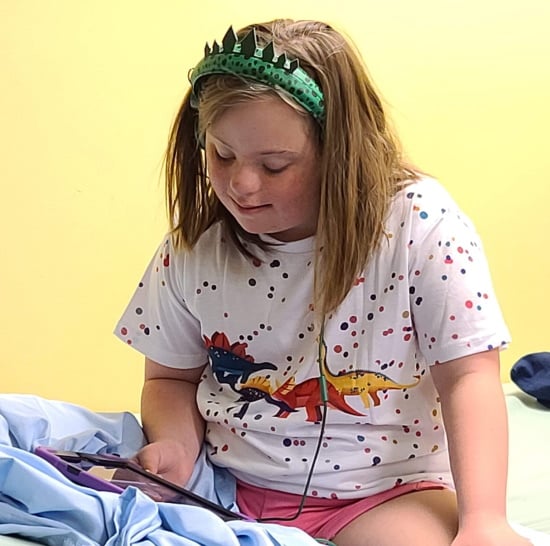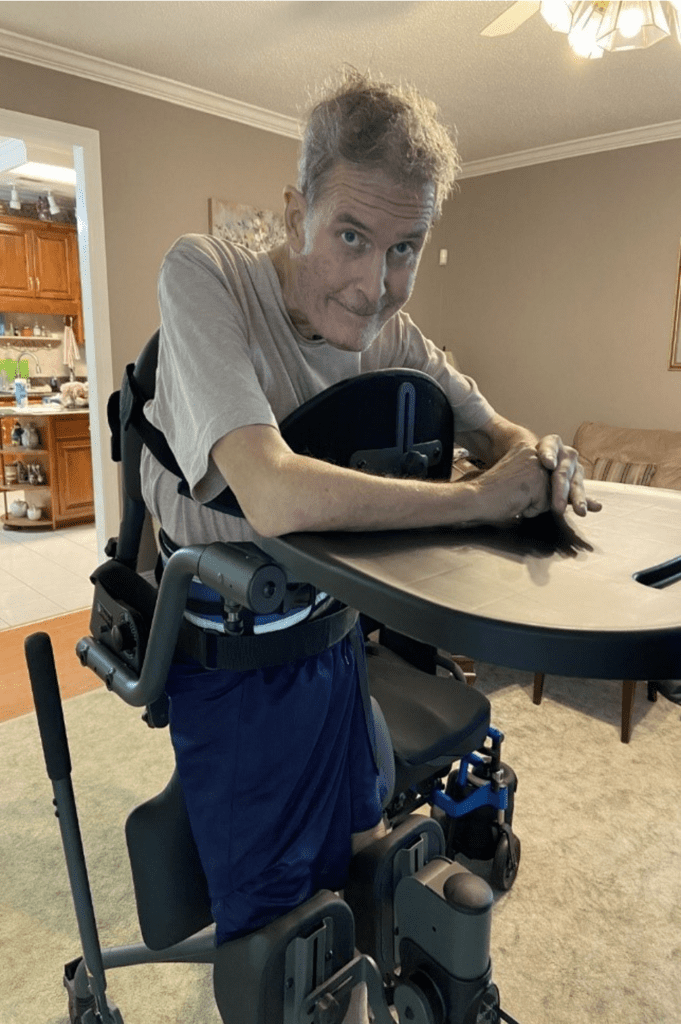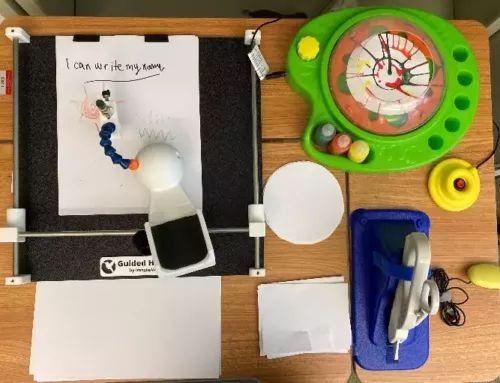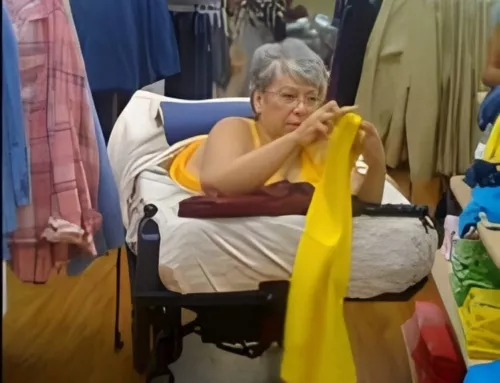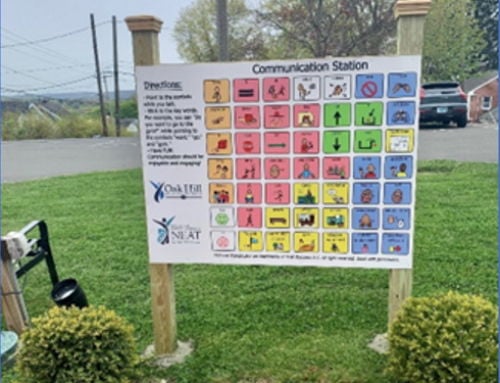Brain Injury Awareness and COVID-19

Did you know that every nine seconds someone in the United States acquires a brain injury? Over the last two years, however, that rate must be on the rise.

Acquired brain injury (ABI) is defined as “a brain injury that is not hereditary, congenital, degenerative, or caused by birth trauma,” explains the Brain Injury Association. Typical causes of an ABI are falls, motor vehicle accidents, seizure disorders, oxygen deprivation, overdose, assault, electric shock, stroke, and … infectious disease. The Brain Injury Association estimates that 3.6 million people sustain an ABI each year.
But that was before COVID-19.
“Scientists are beginning to understand how COVID can cause brain injuries,” reported Jon Hamilton on NPR last December. “The virus can lead to a stroke, starve the brain of oxygen, cause brain inflammation and might infect and kill brain cells (“COVID can cause long-term injuries to the brain. Here’s what scientists have learned“).
Brain injury may explain why people who experience “long COVID” symptoms most commonly report memory problems, brain fog, and mood changes (in addition to rapid heart rates, reduced stamina, and more).
Estimates are 10% – 30% of those infected experience these “post-COVID conditions” (another term for “long COVID”), a staggering number to consider. The CDC last estimated 146.6 million total COVID infections in the U.S., a figure from November that predates the Omicron variant. If we conservatively calculate that 10% of these have post-COVID conditions, the U.S. population has potentially sustained 1.46 million new ABIs since the start of the pandemic.
In this light, masks and vaccines start to look a lot like seatbelts and helmets! A study just out in the U.K. suggests that people vaccinated before infection are “half as likely to develop symptoms of long COVID following infection as people who received one dose or were unvaccinated” (Medical News Today, Vaccinated less likely to develop long COVID).
If you have a brain injury or post-COVID conditions, you are likely coping with a range of varied symptoms. Know that the AT Act Programs have experience serving individuals of all ages with brain injury. Every State and Territory AT Act Program is available to the general public to learn about tools for accomplishing tasks and goals and support individuals with disabilities and anyone experiencing a functional limitation. A diagnosis is not required. People who use their local AT Act Program include friends and family of individuals with disabilities, veterans, children, older adults, therapists, educators, and social workers. Anyone with a reason to consider assistive technology is welcome to come to see, try, and borrow equipment. Funding counseling is also provided for equipment acquisition.
Last year, a social worker in New Mexico who works with individuals with brain injury contacted the New Mexico Technology Assistance Program. She ended up obtaining reuse equipment for six clients with one call, each case considered for their unique individual needs. These clients are now using computers and tablets for looking for employment, telehealth visits, connecting with friends and family, and organizing their daily lives.
Do you have a reason to find your State or Territory AT Act Program?
Learn More
AT Act Programs Support “Long COVID”
COVID-19 and Brain Injury, Psychiatric Times
Brain injury resources, Brain Injury Association
Caring for People with Post-COVID Conditions, CDC
Monthly Blog Digest
Search the blog
State AT Program Blogs
California
Florida
Indiana
Kentucky
Louisiana
Maryland
Massachusetts
Michigan
Montana
North Carolina
North Dakota
Utah
State AT Program Blogs
The AT3 Center, the Association of AT Act Programs (ATAP), and the Administration on Community Living (ACL) make no endorsement, representation, or warranty expressed or implied for any product, device, or information set forth in this blog. The AT3 Center, ATAP, and ACL have not examined, reviewed, or tested any product or device hereto referred.

